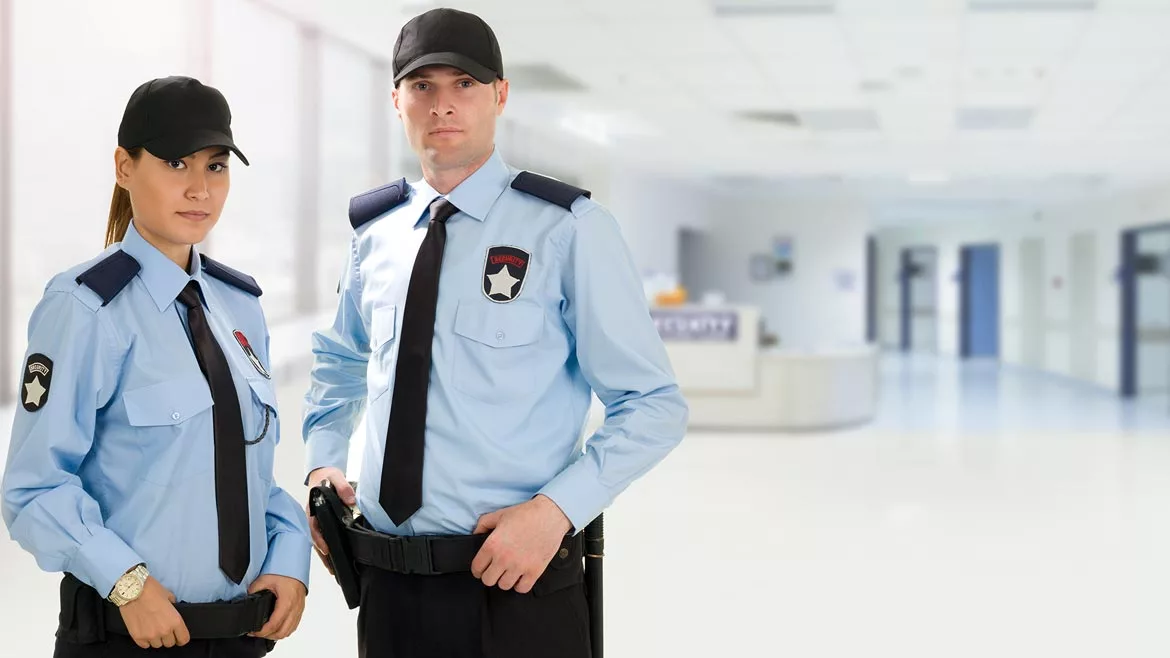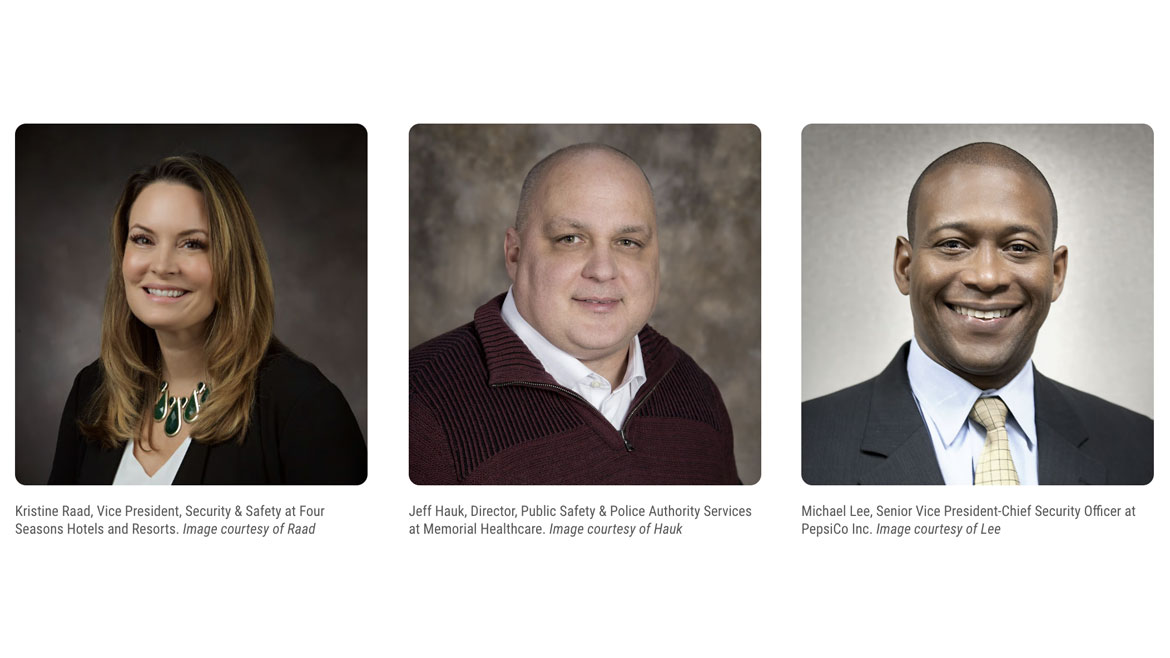Special Report
Building a cohesive security program starts at the top
Security leaders share their tips on building and maintaining a strong, cohesive and effective security program.

fatihhoca / iStock / Getty Images Plus / via Getty Images
Having an effective security program is essential for an organization to operate efficiently and safely. And it is up to security leaders to make sure their company’s program is running smoothly, and if not, assess and find a solution.
According to Jeff Hauk, Director of Public Safety & Police Authority Services at Memorial Healthcare, team building is one of the most important responsibilities a manager has, but it is often underestimated or overlooked.
“It isn’t something that can be achieved in a short time and, once achieved, forgotten about or neglected. It should be an ongoing, fluid process that you facilitate and guide,” Hauk says. “This doesn’t mean asserting authority. Instead, try to foster trust through honesty and transparency. Seek to influence and inspire, rather than rely on your authority as a leader. Done well, your team members will begin to trust and support one another, as well as share their skill sets and experiences in order to more effectively complete the goals and objectives faced.”
Hauk says it is important for security leaders to:
- Recognize a job well done and instances where team members are going above and beyond expectations, customizing and making it special.
- Boost team spirit with matching departmental swag.
- Focus on intrinsic (not extrinsic) rewards.
- Celebrate wins (individual and team).
- Develop career paths and offer growth opportunities for special assignments or projects.
“It shouldn’t come as much of a surprise that organizations are beginning to recognize the importance of team building, and as a result are trying to build and foster it in the workplace,” Hauk adds. “However, building effective teams requires more than an abstract commitment to teamwork. It requires input from your team members and a continuous commitment to foster it.”

A top-down approach
Building a strong security culture and engaging employees at all levels to participate and maintain a secure environment takes more than just the will of security professionals. It takes buy-in from all stakeholders, starting with the C-suite.
“All corporate culture starts at the top. If your CEO cares more about security and the safety of their employees, visitors and clients, it will show throughout the entire organization,” Hauk says. “The same is true of security.”
Michael Lee, Senior Vice President-Chief Security Officer at PepsiCo Inc., adds that while a top-down approach to delivering security is important to a successful program, security is everyone’s responsibility.
“Everybody from the top to the bottom of the organization has to understand that if you’re not safe and secure in your work, you’re not going to be the most productive employee,” Lee says. “While we can’t be everywhere around the world, our security strategy and methodology is in place in all of our businesses globally.”
In addition to support from the CEO, communication is also key to maintaining an effective and cohesive security program — not only communication among the security team itself, but also with the other departments throughout the organization.
“I cannot think of one functional area in the company where security doesn’t have a crossover impact on wellbeing, outcome or efficiency,” says Kristine Raad, Vice President of Security & Safety at Four Seasons Hotels and Resorts. “Seek out and never turn down an opportunity to speak to other groups and departments about security initiatives, and tailor your presentation to demonstrate the intersection between security and the value-added benefits to their function. People are more likely to listen when they understand why security is important to them and what impact it has on their day-to-day operation.”
Hauk says an effective security program is about building connections, fostering trust and genuinely caring for the wellbeing of the team and organization.
“Effective communication lies at the core of this transformative leadership journey,” Hauk says. “By mastering the art of communication, we can inspire and influence others to walk alongside us on the path to success, overcoming any challenge that may arise.”
Building a security culture
Cultivating a cohesive security program isn’t only about building one from the ground up. Often, security leaders need to build upon an existing program — weed out what isn’t working and develop what is. Lee adds that it is important for leaders in the industry to understand the organization they are working in and be able to grow and transform the security program as the company grows.
“We, as security professionals and leaders, need to transform,” Lee says. “For me, PepsiCo is not the same business that it was 15 years ago, therefore, the security foundation and strategy has changed from 15 years ago. In order to transform our security programs, we have to understand the business we’re in and transform with it.”
"I believe it is imperative to be the kind of leader who inspires others to rise above challenges, making a lasting impact that transcends the boundaries of our organization.”
— Jeff Hauk, Director, Public Safety & Police Authority Services at Memorial Healthcare
Raad adds that it is important to take the time to listen to people in the organization when developing a security strategy.
“As you consider how to build a cohesive security program, you need to set aside preconceived ideas on what you think is best and understand what the business needs and wants,” she says. “I found the approach that works for me is to start by interviewing your stakeholders, and taking the time to listen and understand what a successful program looks like to them. When beginning a new role, don’t jump in and start changing everything right away. Take time to evaluate the strengths and weaknesses of the program and to understand where the organization is in terms of their willingness and ability to change.”
“All great leaders know exactly how to activate the talent that surrounds them,” Hauk says. “Leaders must know their team and understand how they are wired because this will allow everyone to commit to attaining the organization’s purpose and vision, but more importantly, to help each person become the very best version of themselves.”
Finding the North Stars
When it comes to building and maintaining a mature and cohesive security program, it is important to set goals for the organization to work toward. For several years Raad has been utilizing what she calls “North Stars,” which are high-level purpose statements to which goals, objectives and decisions are aligned.
One example of a North Star for Raad and her team is around ‘People’ and is to “drive engagement and development of security leaders and teams in support of security and safety excellence.”
In alignment to this North Star, Raad’s team has been building new onboarding tools this year, including a security leader handbook and training matrix.
“These tools will support our North Star in this area by providing security leaders a guide to help them understand their role better and to give them opportunities to further develop their skills,” she says.
Training and development are key aspects of a successful security program because many industries are facing the challenge of recruiting and retaining employees, and the security industry is no different. That is why it can be important for security leaders to focus on not only hiring skilled individuals, but also opportunities for growth among current team members.
“On an annual basis, my team sets goals that are aligned to our North Stars. Throughout the year we revisit progress toward the goals and make sure our efforts continue to drive progress toward our North Stars,” Raad says. “I also talk about the North Stars regularly when I am doing presentations, whether it’s with senior leadership, my team or other stakeholders to help them understand our strategic direction and how the current initiatives are helping to drive outcomes. Having alignment between annual goals and the longer term North Stars really helps to build that cohesiveness.”
“People are the primary resource and solution to all of your goals and aspirations,” Hauk says. “It all starts with your ability to hire great people. The better you become at recruiting and hiring, the more success your department and organization will achieve. Quality people will make your job, as the leader, exponentially easier, the organization more successful and produce at a level of excellence most organizations can only dream about.”
While new hires are essential, Hauk says it’s also vital for security leaders to devote time to re-recruit their high performers.
“Get out in the field daily and engage them. Demonstrate that you value their work, solicit their input and offer new challenges,” he says. “Get to know them and what motivates them. Recognize them. Establish a career path and offer continued training and development opportunities. Offer a clear path for those interested in advancement. Give them autonomy and ownership.”
“Influence, when coupled with a genuine heart, has the power to ignite passion, loyalty and unwavering commitment. It enables us to build strong, cohesive teams that are willing to go the extra mile, conquer seemingly insurmountable obstacles and achieve extraordinary results,” Hauk continues. “As leaders, it is important for us to remember that our influence is not measured solely by our titles or positions. It reflects our character, the trust we build, and the genuine connections we form. That is why I believe it is imperative to be the kind of leader who inspires others to rise above challenges, making a lasting impact that transcends the boundaries of our organization.”
Looking for a reprint of this article?
From high-res PDFs to custom plaques, order your copy today!








